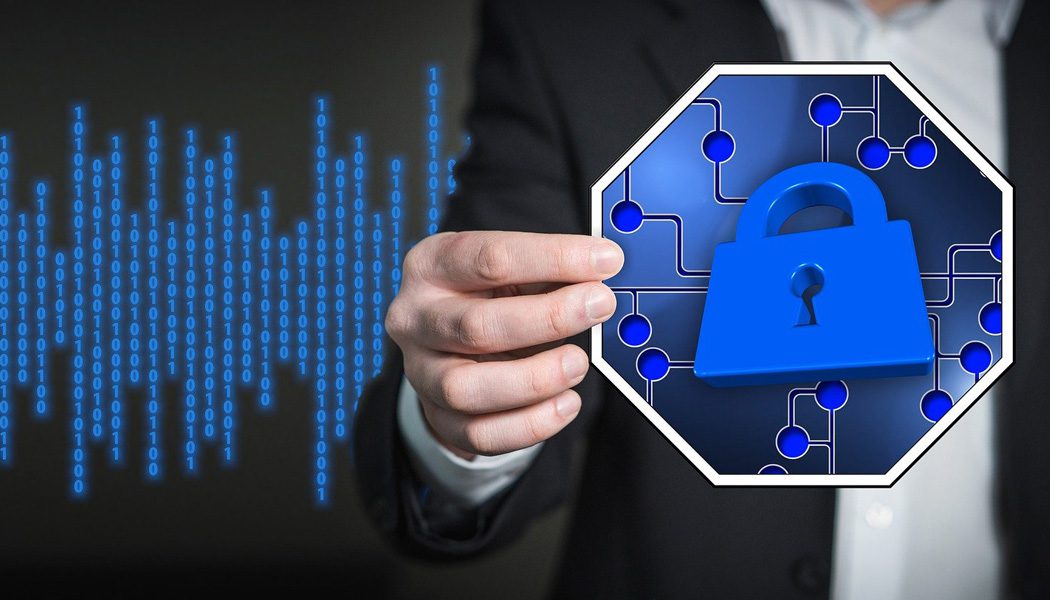Managed Service Providers (MSPs) cannot afford to lose the trust of their customers by putting their IT assets at risk. By incorporating Endpoint Detection and Response (EDR) systems, MSPs can protect their customers against emerging threats, generate more revenue and stand out in the marketplace. EDR is being adopted rapidly owing to the increasing number of data breaches and the demand for a more decentralized and edge-based security approach.
MSPs should mandatorily have measures to remain protected from highly sophisticated methods of attack. This is why it becomes important to select the right security solution that will not only fit the purpose but also be cost-effective and be an attractive feature of the MSPs portfolio.
About endpoint protection
Any device or node that acts as a source or destination for communication over a network, like desktops, laptops, smartphones, IoT devices, etc, can be referred to as endpoints. Endpoints however do not include devices like routers, firewalls, and load balancers that are designed to manage and forward data communication.
The growing trends of remote work and bring-your-own-device (BYOD) policies have aggravated the importance of endpoint security over the recent years.
With the help of Endpoint Detection and Response (EDR), your security teams can now detect threats to systems before they become major problems. It works by collecting data from workstations or any other endpoints for analysis. This information gets enriched with context which helps prioritize remedial action. EDR identifies attacks bypassing traditional frontline defenses such as firewalls, antivirus software, and even Endpoint Protection Platforms (EPPs).
Comparing EDR Vs EPP
| EPP | EDR | |
| Security strategy | Prevention | Detection |
| Protection mode | Passive | RTO and RPO dependent on integration with backup and recovery vendors |
| Run automatically in the background without supervision |
Active | SentinelOne cannot provide business continuity nor restoration. It is not integrated with backup and recovery vendors |
| Provide security teams with real-time incident response and investigation capabilities |
Better value – a single license for a single platform for backup + recovery + advanced security + EDR, pay-as-you-go |
Hidden costs adding other vendor backup/recovery solutions; additional licenses for XDR service |
| Primary method of detection |
Signature-based | Analysis of endpoint behavior |
| Effective against | Known malware | Zero-day exploits, hacking tools, fileless attacks, advanced persistent threats (APTs) |
| Layer of protection | Basic first line of defense | Advanced detection of attacks that bypass other defense layers |
| False positives | Low | High |
| False negatives | High | Low |
How EDR delivers protection against cyberthreats
The working of an EDR system can be understood as three phases.
Detection phase:
EDR systems are designed to collect a lot of data and can generate alerts for security incidents. It directs all endpoint telemetry to a central incident management console which facilitates incident evaluation. EDR also correlates alerts to security incidents and provides contextual information that quickly helps security teams get a clear picture of the attack.
Prioritization phase:
Using the detected insights, security teams will be able to find how a hacker has carried out an attack, any lateral movement of the hacker in the company network, and determine the impact of the attack. With this information, security teams can prioritize the security incident and plan for corrective actions and investigations.
Response phase:
EDR systems offer many features for managing the response to a security incident. It enables the security teams to stop and contain the attack, swiftly and efficiently roll back endpoints to their pre-infected state and monitor them and remediate the vulnerability which has caused the attack.
How MSPs can overcome their EDR challenges
Many EDR offerings are available on the market from which MSPs have to select that solution that fits their specific needs.
A few challenges MSPs can face while choosing the most suitable EDR are:
- The insights provided by most EDR systems require users with a high level of technical expertise. However, security professionals are expensive which puts EDRs outside the domain of most MSPs.
- As EDR platforms generate a large number of alerts to low-level events and incidents, without a wider contextual understanding, the investigation becomes very complex and time-consuming for MSPs that have limited manpower.
- Most EDR solutions do not have backup and Disaster Recovery (DR) mechanisms which make recovery from an attack more cumbersome, as MSPs will require separate tools to restore systems to fully remediate the threat.
To overcome the challenges, MSPs must look for that are built for their needs and should ideally include:
- Automatic, easy-to-understand interpretation of attacks that will help reduce the threat investigation and response times from hours to just a few minutes.
- Centralized response management that enables to easily investigate, remediate, and recover from breaches quickly through a single console.
- Integrated backup, rollback, and DR by which MSPs can get customers up and running again quickly and efficiently and seamlessly.
MSPs can enhance their portfolio via an EDR system and reduce the security risk to their customers by providing advanced protection against new and sophisticated attacks. However, to realize the full potential of EDR, MSPs should select EDR which is simple and efficient to use. This is essential for MSPs to maintain their margins and prevent runaway costs.
Source credit: Acronis
Also read: How Managed Service Providers can sell disaster recovery services








